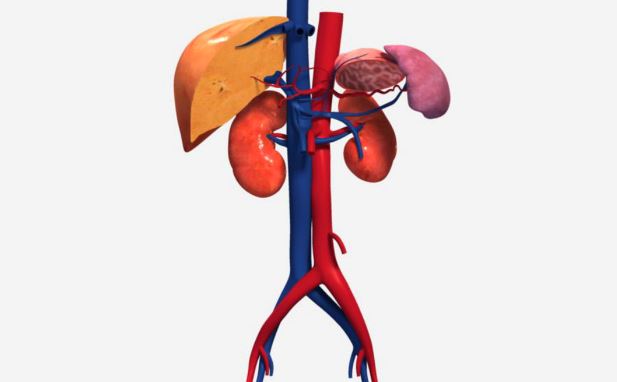

Library > Medical Professional - Ultrasound > Abdominal > Ultrasound of the Aorta for Medical Professionals
Try Simtics for free
Start my free trialUltrasound of the Aorta for Medical Professionals

This module teaches you how to perform an ultrasound examination of the abdominal aorta. An ultrasound of the aorta is performed to exam the internal structures of the abdomen. It is most often done to screen for an abdominal aortic aneurysm (AAA) or other medical conditions. In this module, the medical professional will learn the principles of doppler ultrasound and the scanning procedure for an ultrasound of the abdominal aorta. Including both Learn and Test modes, the online simulator offers scenarios that tests your ability to perform an ultrasound of the aorta. Practice the steps of the procedures online as often as you want, until you feel confident.
If you are not a medical student or physician, you may prefer the other version of this module which includes all the procedural information needed by professionals in other roles: /shop/clinical/medical-assisting/vascular-procedures/perform-venipuncture
You'll learn
- pre-procedure considerations
- a sequence of scanning techniques that includes patient position, scan plane, and specific image requirements
- how to obtain images of the aorta in both the longitudinal and transverse planes
- sonographic landmarks
- to practice and perfect your skills in performing an ultrasound of the aorta
- much more (see Content Details for more specific information)
- Indications for ultrasound of the abdominal blood vessels
- Identify abdominal vascular anatomy on diagrams and sonograms
- Abdominal vascular protocol
- Equipment preparation - transducer and preset selection
- Patient preparation
- Patient positioning
- Transducer positions
- Scan planes
- Identify and obtain sonographic images of the aorta, abdominal aortic branches, and common iliac arteries
- Obtain Doppler spectral traces of the aorta
- Explain and demonstrate the use of breathing techniques to obtain optimal sonographic images of the blood vessels
- Differentiate normal and abnormal sonographic appearances of the vascular system
- Identify and describe common pathology of the abdominal vasculature
- Explain the important ultrasound characteristics when evaluating an abdominal aortic aneurysm
- Describe the normal and abnormal Doppler patterns of the vascular structures
The SIMTICS modules are all easy to use and web-based. This means they are available at any time as long as the learner has an internet connection. No special hardware or other equipment is required, other than a computer mouse for use in the simulations. Each of the SIMTICS modules covers one specific procedure or topic in detail. Each module contains:
- an online simulation (available in Learn and Test modes)
- descriptive text, which explains exactly how to perform that particular procedure including key terms and hyperlinks to references
- 2D images and a 3D model of applied anatomy for that particular topic
- a step by step video demonstration by an expert
- a quiz
- a personal logbook that keeps track of all the modules the learner has studied and how long
For more details on features and how your students can benefit from our unique system, click here.





